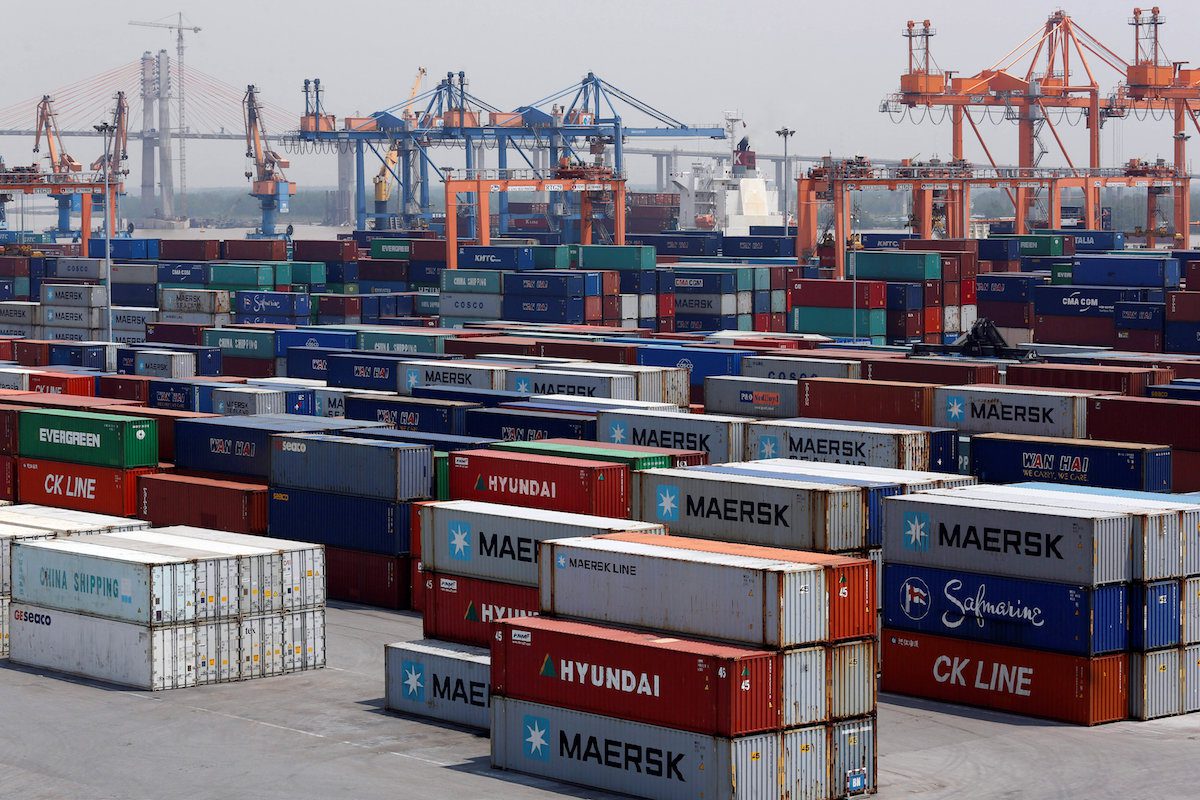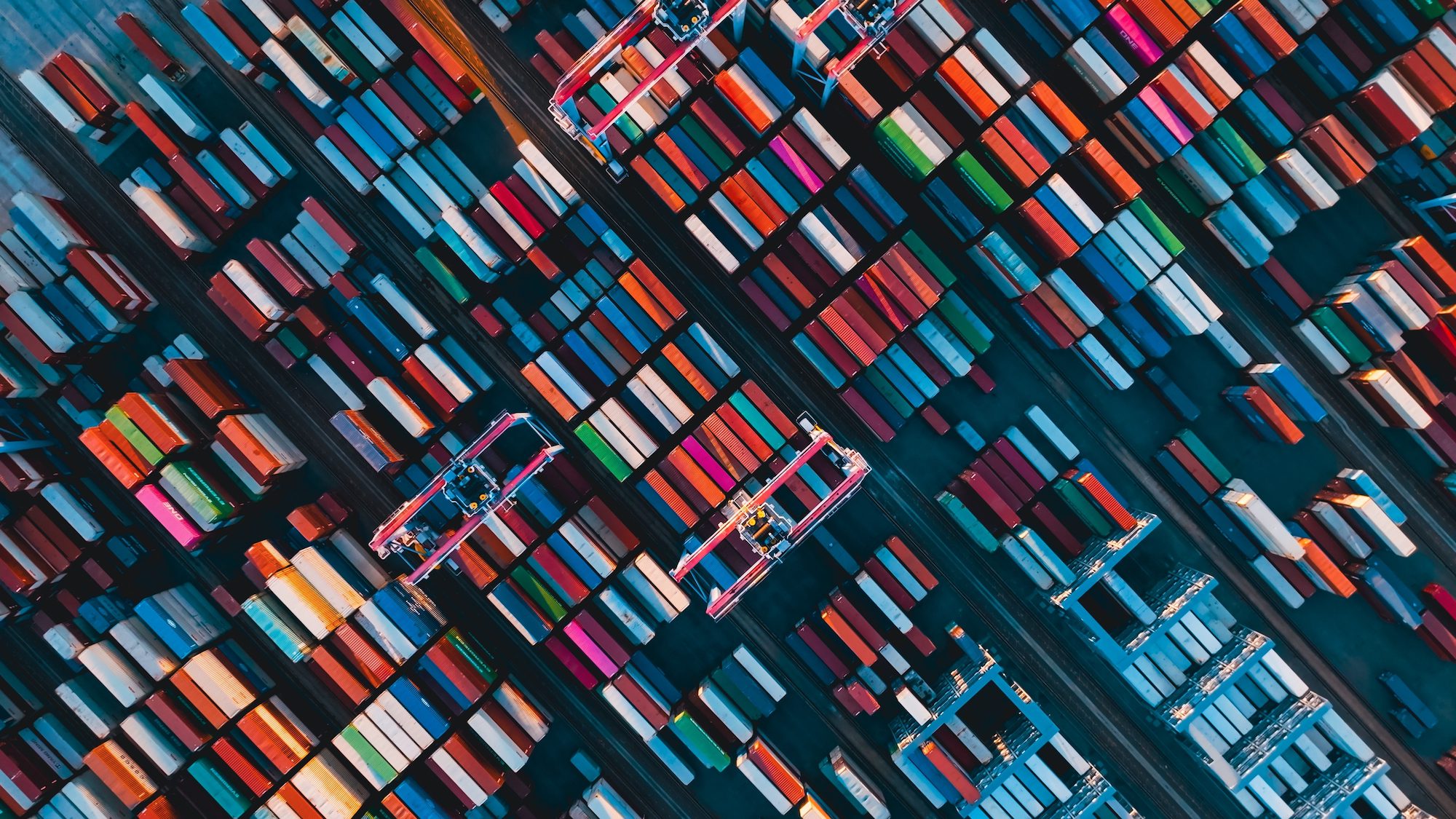By Stephen Stapczynski (Bloomberg) —
The gap between liquefied natural gas prices in Asia and Europe is increasing as tighter restrictions at the drought-stricken Panama Canal threaten to make journeys costlier from mainly US suppliers.
The Asian gas price premium to Europe for summer 2024 has more than doubled since Oct. 30, when the Panama Canal announced that it would further restrict passage, while the winter 2024 spread has also widened. The number of slots available for ships the size of LNG carriers will be reduced by half come January, according to BloombergNEF.
The price move illustrates how drought and rising costs to transit the Panama Canal are already reverberating across energy markets, as well as their vulnerability to maritime choke points. Traders will now be forced to avoid the Panama link and send Asia-bound cargoes from the US and Trinidad & Tobago via the Cape of Good Hope or the Suez Canal, increasing time and shipping costs for the journey.
“The margin for US LNG to the Pacific will keep shrinking, given the longer voyage days and higher shipping cost,” said Xi Nan, head of LNG research at Rystad Energy. “East Asia spot price will have to provide a premium to attract US supplies to Asia instead of to Europe.”
For example, congestion costs for an LNG cargo from Sabine Pass in the US to Futtsu in Japan surged by $1.5 million from last week, making total spot freight $6.2 million more expensive, data from Spark Commodities show. The figures factor in 29 days of gridlock for a return journey.
The Panama Canal is a vital shipping route for LNG supplies from the US, the world’s top exporter, to North Asian nations such as Japan, Korea and China. Authorities are constraining traffic through the waterway as rainfall dropped to the lowest level for October since record-keeping began in 1950.
LNG carriers may be dragged into bidding wars for slots across the canal from next month, BNEF said in a report earlier this week.
From December, container ships will be prioritized over LNG vessels for booking to transit the waterway, according to Rystad’s Xi. Meanwhile, LNG shippers are preferring to use the Cape of Good Hope more than any other route, BloombergNEF data show. That will remain so until Asian spot LNG prices rise enough to justify the cost of paying millions of dollars to jump the queue of waiting vessels — on top of the usual canal transit fee.
© 2023 Bloomberg L.P.

 Join The Club
Join The Club











